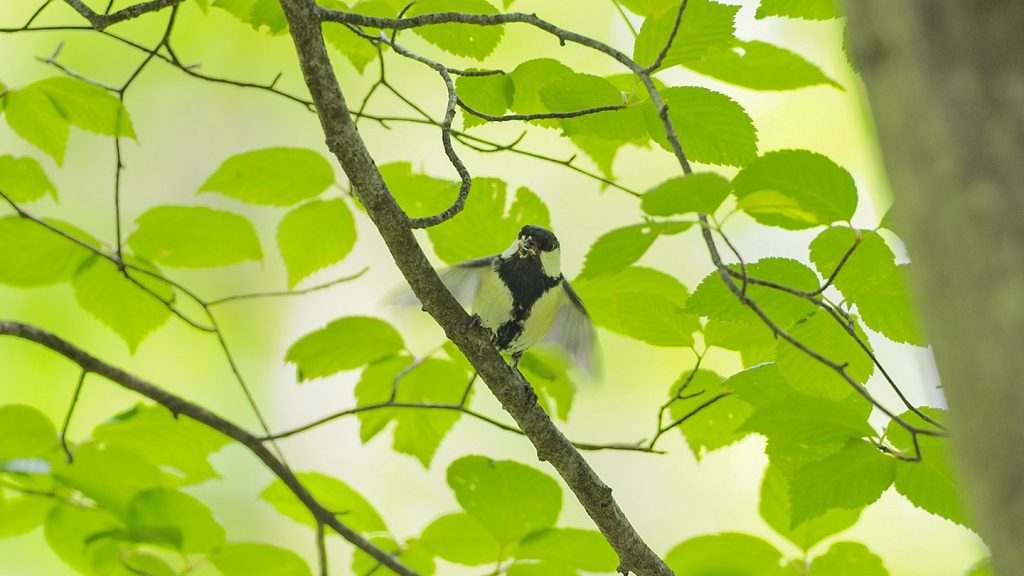Researchers have observed Japanese tits making a gesture that resembles an “after you” signal typically seen in humans. This gesture involves one bird fluttering its wings, signaling its mate to enter the nest first. This discovery suggests that Japanese tits not only use wing fluttering as a symbolic gesture but also in a complex social context involving a sender, receiver, and a specific goal, similar to human communication. The researchers, led by biologist Toshitaka Suzuki, believe that this behavior fulfills the criteria of gestures based on their observations of mated pairs making trips to their nests.
During more than 17 years of fieldwork, Suzuki noticed that Japanese tits carrying food to the nest would sometimes perch on a branch and flutter their wings. This behavior was followed by their partners entering the nest. The researchers observed eight mated pairs making a total of 321 trips to their nests, with a clear pattern emerging. Females were found to flutter their wings more frequently than males, and females usually entered the nest first, except when they fluttered their wings, which then prompted the males to enter first.
The fluttering behavior only occurred when birds were in the presence of their mates, suggesting that this gesture is directed at the mate rather than the nest entrance. This observation indicates that the Japanese tits are using gestures to communicate a more complex message, unlike simple gestures used by other bird species to direct attention. Primatologist Kirsty Graham of the University of St. Andrews describes this behavior as an imperative gesture, communicating the need for the partner to take action, similar to certain human gestures.
The researchers are excited to discover meaningful gestures in another species, suggesting that gesturing may be more widespread in the animal kingdom than previously thought. Suzuki believes that gesturing by the nest instead of calling may help the birds avoid attracting predators. Moving forward, the researchers aim to investigate how wing fluttering fits into the larger communication repertoire of Japanese tits, similar to how humans use gestures in combination with spoken language to convey messages.
Overall, the findings provide insight into the complexity of communication in non-human species, showcasing the ability of Japanese tits to use gestures to convey specific messages to their mates. The researchers’ observations shed light on the similarities between human and avian communication, highlighting the sophisticated social interactions that can occur in the animal kingdom. Further research in this area may reveal even more instances of gestures being used by different species for communication purposes.


